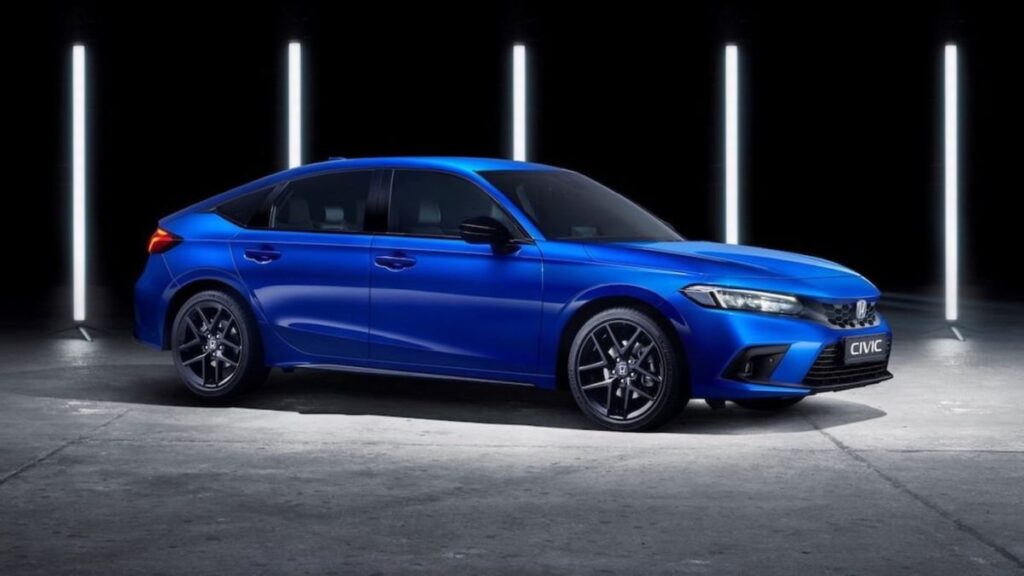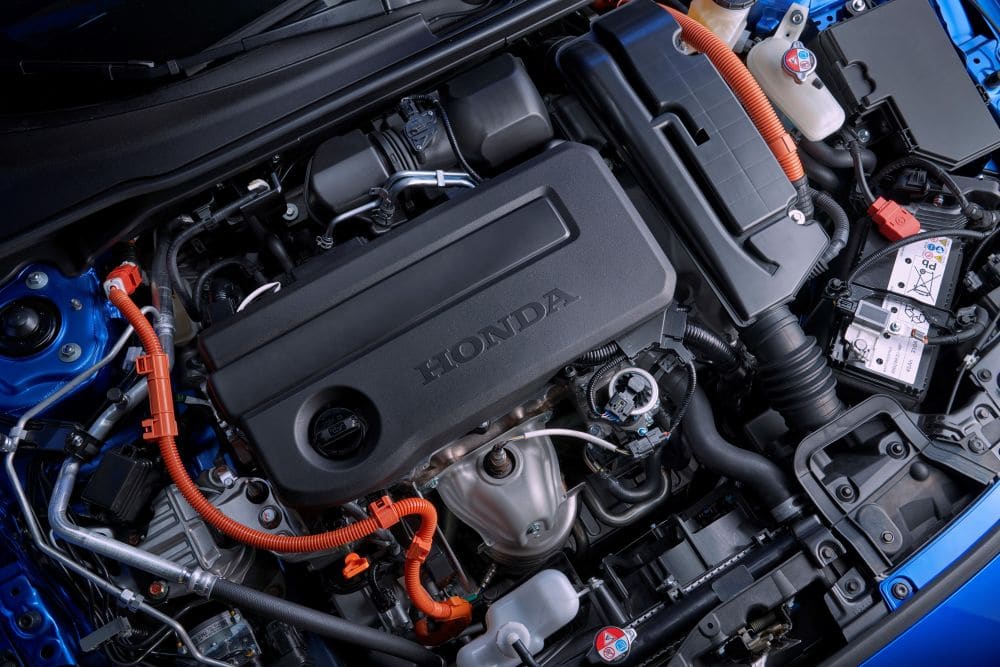Officially unveiled a few weeks ago, the new Honda Civic e: HEV, following the CR-V, HR-V and Jazz, will be available in Europe exclusively in hybrid version .
The powertrain of the 11th generation Civic combines a lithium ion battery con two compact electric motors and an Atkinson cycle engine 2-liter naturally aspirated, which reaches 41% thermodynamic efficiency. It also features an optimized direct injection system for better and more efficient torque optimization. Other technologies such as the converter catalytic at low temperature e the new engine intake manifold design allow further fuel savings.

The result of these technological developments is a combined carbon dioxide emission of no more than 108 g / km. At the same temp the fuel consumption in the WLTP cycle is set at 4,7 litri / 100 km . The maximum combined power of the drive unit is 135 kW, that is 184 CV, with a couple reaching i 315 Nm.
According to Honda, all of the above has been achieved in the new Civic e: HEV through the application of innovative new technologies. One is Honda Intelligent Power Unit (IPU) it is 23mm flatter and 1kg lighter than its predecessors, but offers more cells. Also its location is not under the rear seats.
Honda Civic e: HEV, a new Power Control Unit debuts in Europe
A new Power Control Unit (PCU)positioned under the hood, allows an increase of 12%, energy efficiency compared to previous Honda e: HEV models. Increasing the power density and efficiency of the PCU increases the electrical output, allowing the EV unit to take on more load. Honda points out that the whole is managed by an aluminum wiring which helps to reduce weight by 40% compared to a conventional copper one.

The drive system of the new Honda Civic e: HEV seamlessly alternates between electric, hybrid and “thermal” operation, without the driver’s intervention. Four driving profiles are available, Eco, Normal, Sport as well as a new Individual function.
The 2-liter engine has a vibration balancing secondary axis it’s a high rigidity crankshaft. These two elements, in combination with the additional insulation in the intake manifold and engine cover, minimize the noise in the passenger compartment. Furthermore, the system Active Noise Control (ANC) further reduces this noise. Finally, theActive Sound Control (ASC) enhances the sporty tone of the internal combustion unit.
















Leave a Reply
View Comments